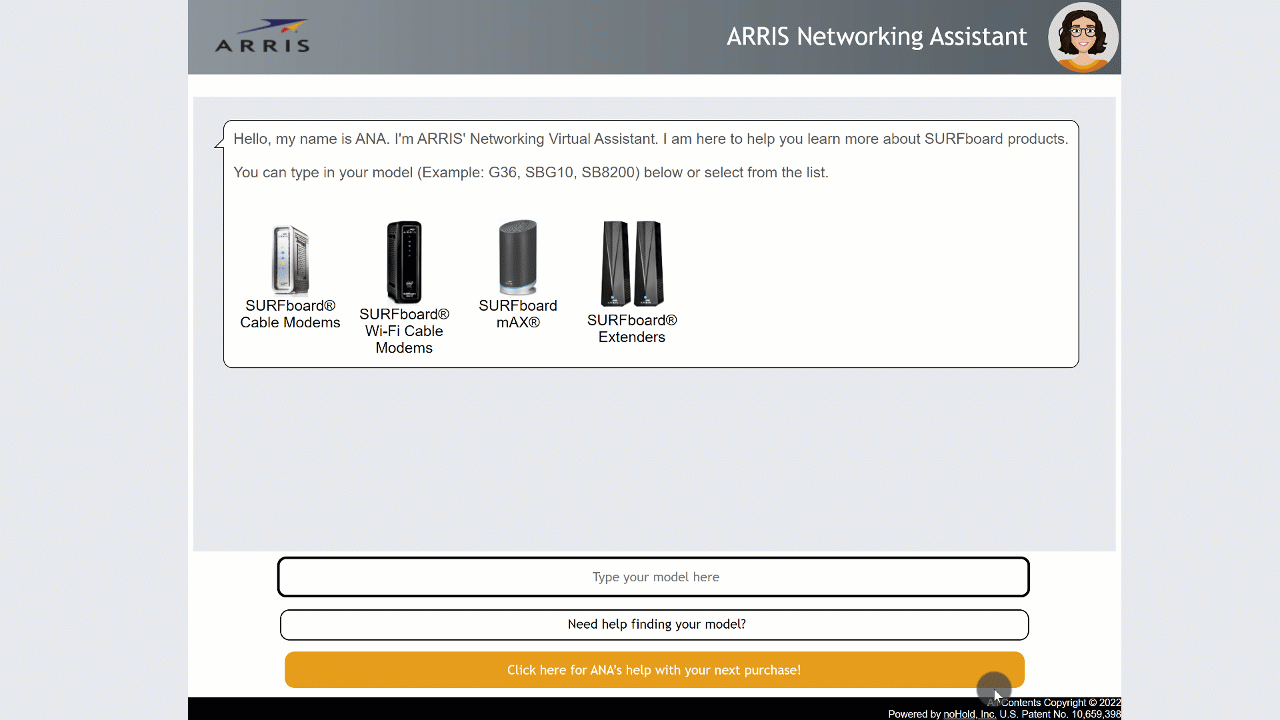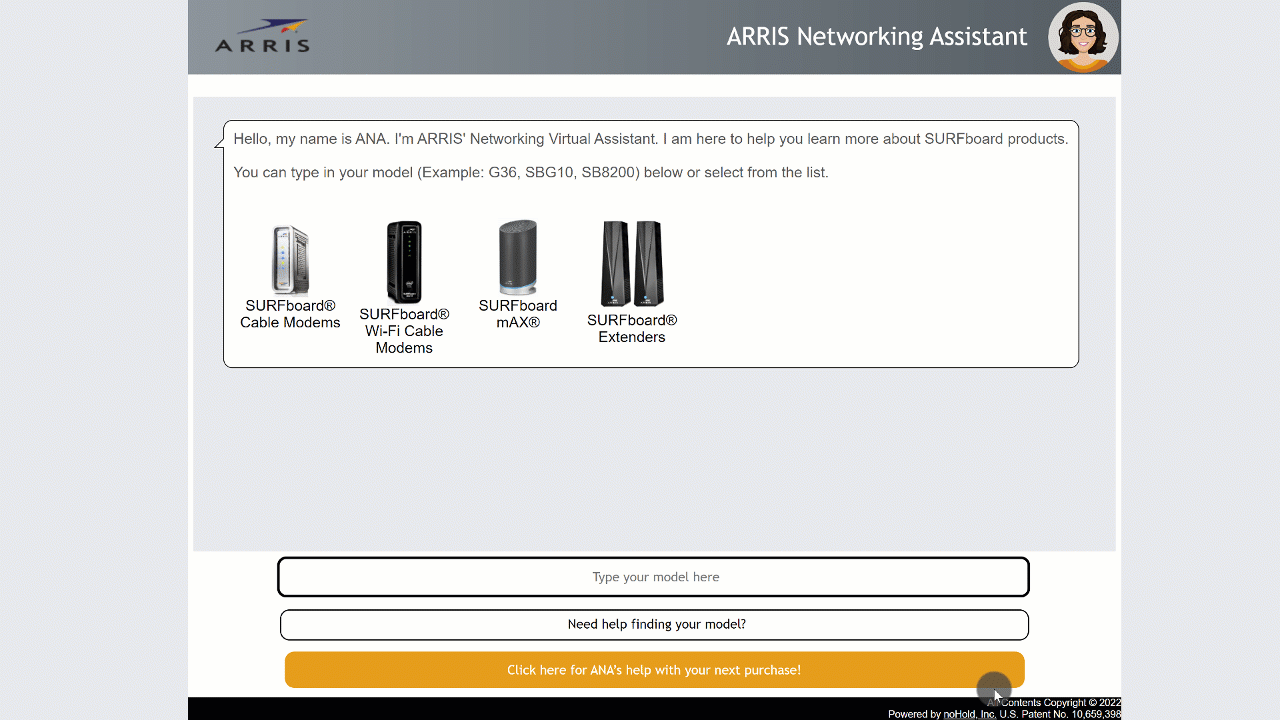A recent article by Wired.com says (https://www.wired.com/story/how-to-buy-a-router/), “Everyone wants reliable and fast internet, and a good router can help. The trick is to work out how the complicated mess of standards, confusing acronyms, and sci-fi-sounding features translate to better Wi-Fi in your home.” This is an informative article and very helpful if you are in the market to purchase a router. However, it’s safe to say that a percentage of the population requires quick answers and the ability to ask questions during the buying process. Questions like:
- Do I need a mesh network?
- What is a Wi-Fi repeater?
- What is a Multimedia over Coax Alliance (MoCA)
- How do I know if I have that in my home?
- Are my laptop and smartphone compatible with Wi-Fi6 and 6E? Maybe I’ll stop here.
A list of technical specs on the product packaging is not going to be sufficient for the average person, and it is very likely that a similar experience occurs when purchasing most consumer electronics.
Virtual Assistants can:
- Answer questions in natural language
- Handle interruptions in the conversation to clarify the meaning of a word (i.e., What is MoCA?)
- Present embedded videos or animated GIFs for visual learners
- Fulfill the purchasing process without asking the end user to leave the conversation
- Be available in store or online anytime

How do you meet your customers at the point of sale to ensure that they receive the help they need? Could a Virtual Assistant help transform your wordy product specs into relatable and interactive conversations?

